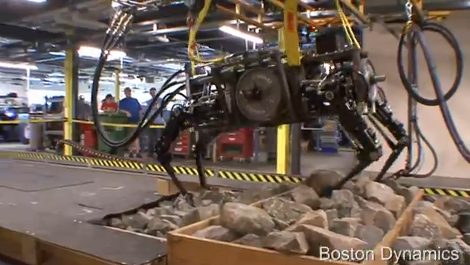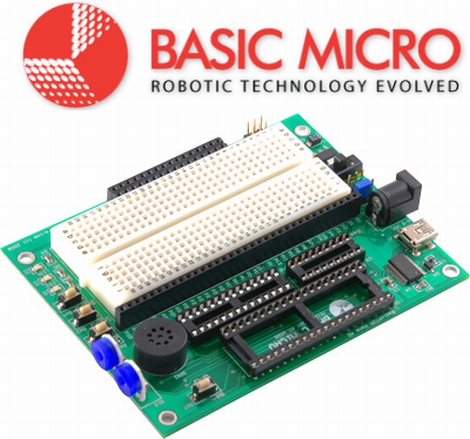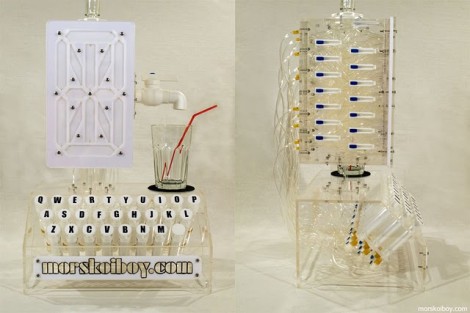![]()
One of [Wayne’s] relatives had their house robbed during a blizzard/extended power outage, and as is typically the case, none of the stolen items were recovered. His nephew’s PS3 was among the pilfered belongings, which didn’t sit well with him. Taking a cue from police “bait cars”, he thought it would be cool to fit a dummy game console with a tracking device, should anything similar happen in the future.
He bought a hollowed out PS3 shell on eBay, filling it with an Arduino, an accelerometer, a GPS sensor, a small GSM modem with a prepaid SIM card, and a reasonably sized LiPoly battery. The system usually sits in a sleeping state, but when the accelerometer senses motion, the Arduino powers up the GSM modem and sends an SMS security alert to his mobile phone. Using his phone to control the tracking system via SMS, he can request GPS coordinates and directional information, which can then be relayed to the police.
His tracking system is a great idea since hawking stolen game consoles are easy money for thieves. If there happens to be a string of robberies in your neighborhood, you could certainly rest a little bit easier knowing that your Playstation doppelganger will let you know if someone is looting your house.

















